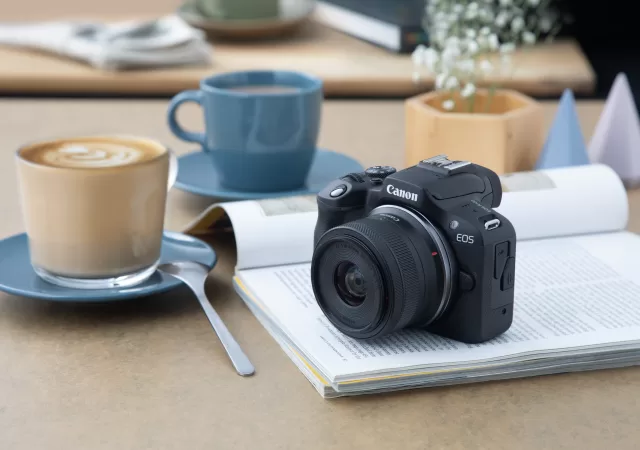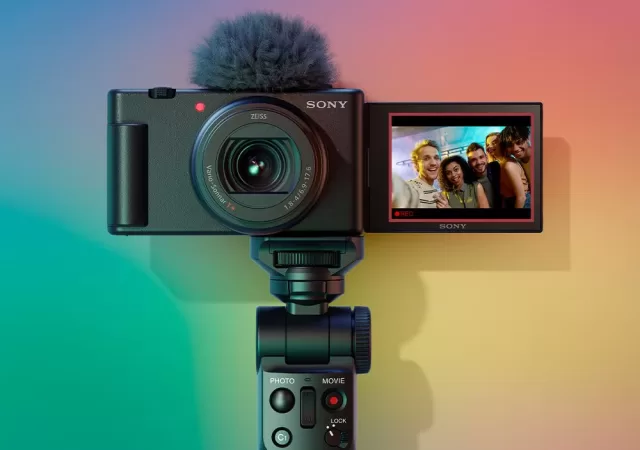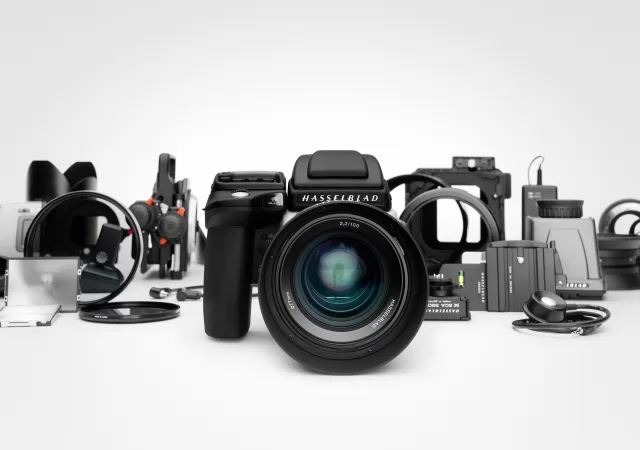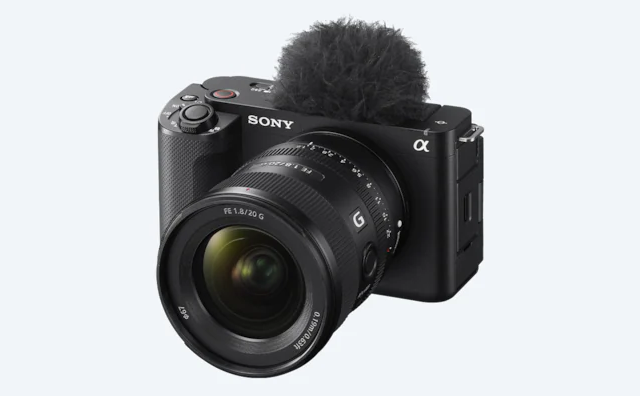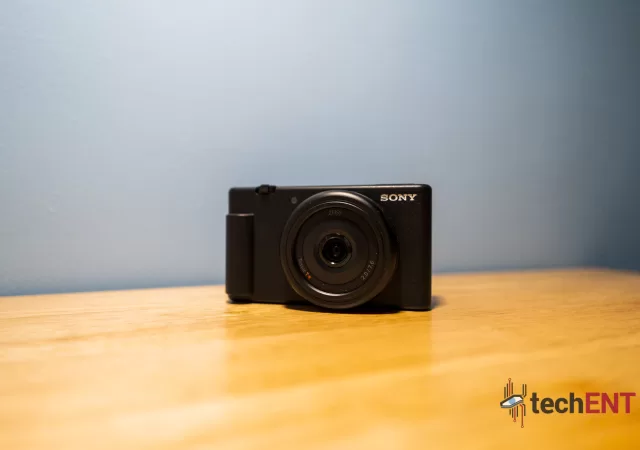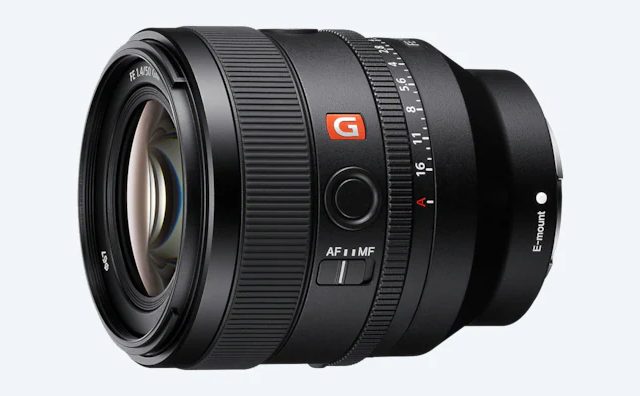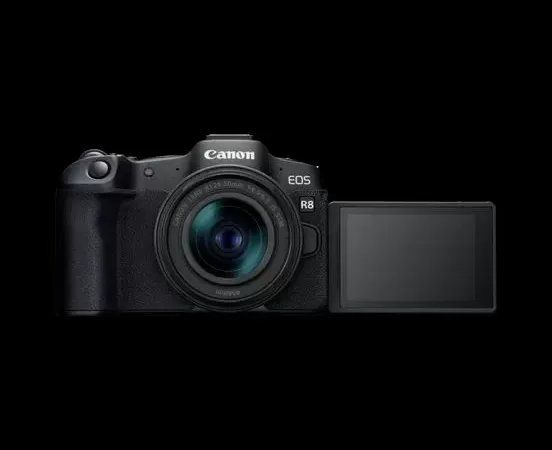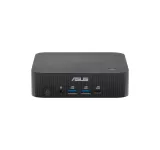Canon releases their latest EOS R100, their most affordable and compact EOS R mirrorless camera to date at MYR 2,379.
The New Sony ZV-1 II is not a ZV-1 Replacement, More like ZV-1 EVO for MYR 3,999
Sony just released their new ZV-1 II, the new camera made specially for vloggers that comes with a cinematic vlog mode for MYR 3,999.
Hasselblad Goes Completely Mirrorless
Hasselblad is officially pulling out of the DSLR game choosing to fully commit to mirrorless systems like their X2D cameras.
Google Meet Now Supports Full HD 1080p Video Calls
Google Meet for select Google Workspace users now supports Full HD 1080p video calls as long as you have the hardware for it.
FUJIFILM INSTAX mini 12 Launches – More of the Same Thing, But Just a Little Bit More for MYR 428
FUJIFILM launches the new INSTAX mini 12 instant film camera with Automatic Exposure adjusment and Close-up Mode at MYR 428.
Sony Announces Another Vlogging Camera ZV-E1 with Interchangeable Lens
Sony launches yet another camera aimed for vlogging, the ZV-E1. The new ZV-E1 comes with a full-frame sensor and some AI functions.
FUJIFILM Launches INSTAX UP! Smartphone App, Because an INSTAX Camera Alone is Not Enough
FUJIFILM launches their new app, the INSTAX UP!. The new app is designed to capture printed INSTAX films and store them digitally.
The Sony ZV-1F In-Depth Review – Just Like the ZV-1, But Not Really
Sony’s ZV-1F is made for content creators that are looking for a simple vlogging or even streaming set-up. Does this fit the bill?
Sony Launches the new Ultimate Portrait Lens You Want – the FE 50mm F1.4 GM Lens is Here
Sony launches their latest addition to the G Master lens family, the FE 50mm F1.4 G Master (SEL5014GM) standard prime lens
Canon’s EOS R8 Is that Budget-Friendly Full-Frame Creative Powerhouse You Have Been Waiting For
Canon launches their most affordable EOS R made for videographers yet, the Canon EOS R8 is capable of 4K videos at up to 60p.



